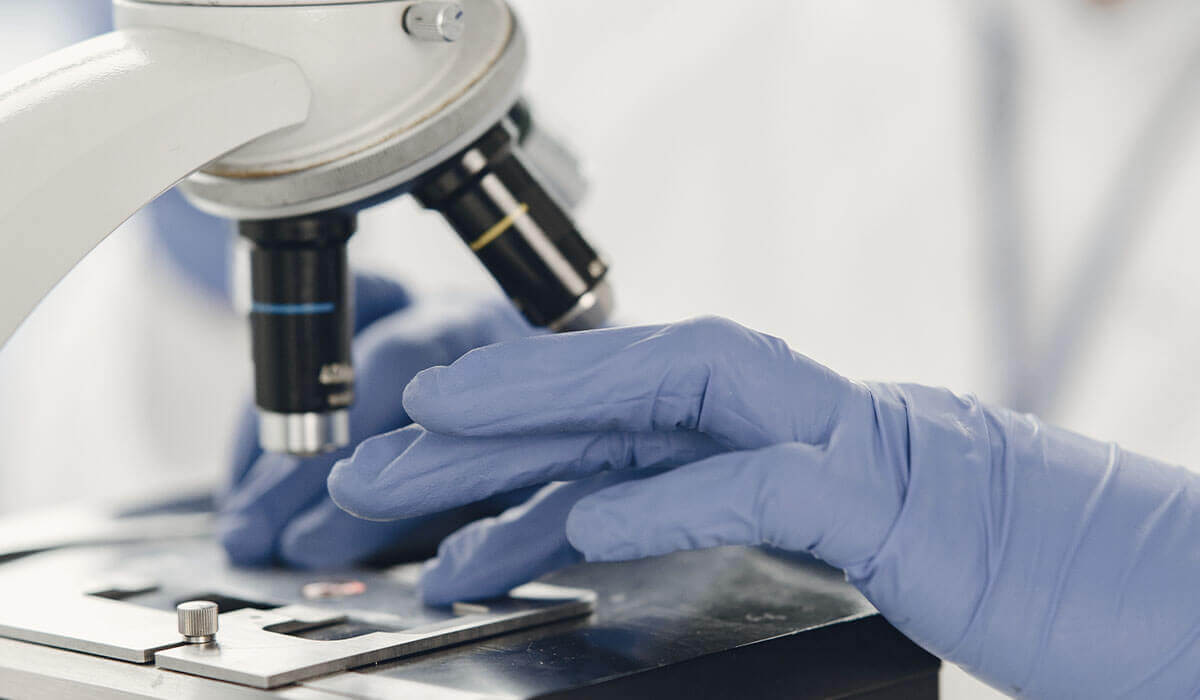Requirements for inventive step in India along with common patent eligibility issues in Life Science and Pharma patents
India has been on an upward growth trajectory for the last two decades, which has led to its slow but steady transformation into a knowledge driven economy that now has increased focus on quality research and innovation. This, coupled with India being one of the largest consumer markets in the world, makes for a perfect battleground where patents become important tools to not only distinguish oneself from competitors, but to also become market leaders.
Inventive Step in India
Patent protection in India is governed by The Indian Patents Act, 1970 (the Act) that amongst others, provides Sections 2(1)(j) and 3, that define an invention in India and enlist subject matters that are outside the purview of patent eligibility in India, respectively. Put together, these 2 sections form the most important technical provisions that determine whether an invention can be successfully protected by way of a patent in India or not.
While the Act defines an ‘invention’ quite simply as “a new product or process involving an inventive step and capable of industrial application”, the importance lies in the subsequent interpretation of the phrase ‘inventive step’ which “means a feature of an invention that involves technical advance as compared to the existing knowledge or having economic significance or both and that makes the invention not obvious to a person skilled in the art”. Thus, for an invention to be considered inventive, apart from absolute novelty, the following two criteria must be fulfilled:
- that it must be technically advanced as compared to prior art; and
- that it is not obvious to a person skilled in the art.
But how does one establish these two together most effectively? The answer lies in adopting strategies that seem to be more helpful at the Indian Patent Office (IPO):
- Problem-solution approach: as in Europe, the examiners in India welcome this approach, as it makes it easier to understand and appreciate the technical contribution of an invention over the existing art. Whether it is a new pharmaceutical or device that improves the state of healthcare, or whether a new technique or technology that improves the way experiments are conducted in the lab, identifying a problem that an industry or end user faces, and providing a technical solution to overcome it, helps in clearly establishing the technical advancement of an invention. The examiners appreciate this approach as it simply and effectively defines the merit of an invention over an existing art.
- Hindsight approach: this complements the problem-solution approach to target non-obviousness of an invention. Clearly articulating, with scientific rationale, on how a person skilled in the art would not be motivated to combine certain prior art documents at the priority date of the invention, helps. Contradictory objectives, different modes of reaching a solution, or divergent technique and technology being employed, can be effective arguments on why the prior arts would not have been combined in their normal course and are combined by the examiner only in the hindsight.
- With pharma and life sciences being data driven fields, it is also important to weave the technical arguments around appropriate data points that include:
- comparison of how the present invention fares versus the closest prior art(s); and/or
- negative data on how deviations (of specific elements/parameters/conditions) from the present invention do not lead to the desired results.
While it is best that these data points are present in the as-filed patent specification, a lot of Indian examiners are also accepting of additional data during prosecution of a patent application.
Patent Eligible Subject Matter in India
With one of the critical issues around patentability addressed above, we now shift our focus to patent eligibility in India, which is governed by Section 3 of the Act. While this section comprises 15 clauses that define ‘What are not inventions’ under the Act, for the purpose of this article, we will focus on 5 clauses that impact the pharma and life sciences sectors the most. While the exact clauses can be accessed here, each of them is explained below, in the context of relevant example from the pharma and life sciences sectors.
Discoveries and naturally occurring substances [Section3(c)] – In life sciences, this section impacts inventions that claim naturally occurring molecules or entities, such as nucleic acids, proteins and polypeptides, genetic elements, plant extracts, wild type microbes and life forms. An invention must comprise of non-naturally occurring elements, and unlike Europe, mere ‘isolation’ from natural environment or habitat, is not enough. An active step of human intervention that changes structural or chemical feature of a naturally occurring element must be shown. For example, recombinant molecules and organisms, or compositions that don’t occur in nature as such, are considered patent eligible in India.
New Form, new property or new use of a known substance [Section 3(d)] – This is one of the more challenging clauses of Section 3 and is usually applicable to inventions that belong to chemical or pharmaceutical arts. Simply put, the clause aims to prevent repurposing of a known substance into a new form, unless it leads to substantial changes in the final activity. The most common victims of this clause are inventions that claim derivatives, such as those defined under the ‘Explanation’ portion of the clause itself. This clause therefore requires that a comparison be drawn between activities of a parent compound (known substance) and the derivative (new form), to show that the derivative functions better or is more efficient than the known substance, for the same purpose. In other words, emphasis must be laid on identifying the purpose for which the known substance was being used and comparing the efficiency of the derivative for the same purpose. For example, when the parent compound is a therapeutic, comparison must show that a follow-up derivative works better as a therapeutic in treating the same disease. On the other hand, if the parent compound is a non-therapeutic, such as an intermediate in a chemical process, comparison must be done to show that the derivative is a better intermediate than the parent compound.
Further, this clause also fortifies the definition of an invention in India, that considers only products and processes as valid inventions and not, new properties, uses or applications of such products and processes. Thus, an invention claiming for a subsequent new use or property of a previously known substance, is again considered patent ineligible in India.
Compositions comprising multiple ‘known’ components [Section 3(e)] – This clause affects inventions having composition of matter claims and requires a synergy to be established between the components therein. Comparative analysis on how presence or absence of one or more components deprive the composition of its essential features, characteristics or utility must be established. While direct comparison of end use/application is usually the best, parameters such as concentrations can also be used to establish synergistic effect of the components in a composition. Importantly, it must be emphasized that this clause is invoked only when all the components of the composition are previously known, individually. If any component of the composition is novel, this clause is not applicable.
Method of treatment and surgical, diagnostic or therapeutic use [Section 3(i)] – This clause prevents patenting of any claim directed to treatment, diagnosis or therapeutic use. The examiners at IPO are extremely stringent particularly on claims related to method of treatment and medical use, and regardless of the format of the claim (method of treating, EPC 2000 or Swiss-type), it is not possible to get them allowed in India.
With regards to claims directed to diagnosis, some examiners are more discretional, and allow claims that do not directly detect a disease or disorder on a human being, but rather identifies the relevant biomolecule or biomarker in a sample under in vitro conditions. In such cases, bringing in the said in vitro feature has been found persuasive with some examiners.
Plant and animals or their parts or biologically essential processes [Section 3(j)] – While a lot of geographies prohibit patenting of higher life forms, cells derived from them are usually acceptable. However, from Indian perspective, even cells, whether native or recombinant, fall outside the purview of patent eligible subject mattes (microorganisms are an exception). Similarly, biological processes such as crossing over of plants or animal breeding, are also not allowed.
Conclusion
The above presents a broad overview of the techno-legal challenges that one can expect while prosecuting pharma and life sciences applications in India, and some guidance on how to navigate through them. However, each hurdle and objection provide an opportunity to analyse things differently and requires a deep dive on case-to-case basis to find the optimum approach for obtaining a strong and commercially relevant patent.




